Growatt & INOWATTIO: the perfect solution for smart prosumers
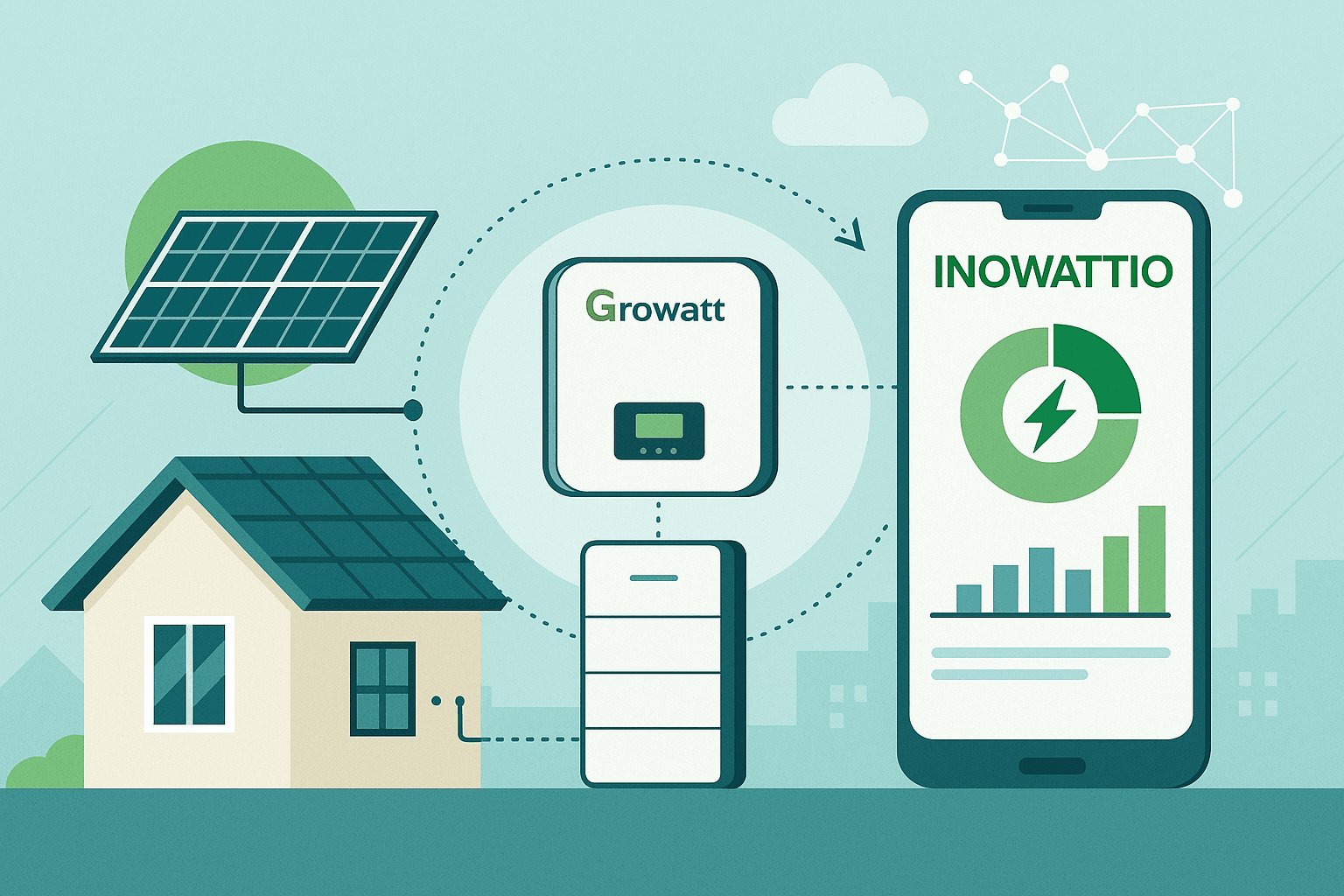
Growatt systems work seamlessly with the INOWATTIO platform, giving prosumers full control over their solar energy. Monitor, store, and optimize power in real time with a smart app that helps you save money and support a greener, more sustainable energy network.
Growatt and INOWATTIO: A Technical Overview of Integrated Smart Energy Management
Introduction: Why Smart Integration Matters for Distributed Solar and Storage
Growatt is one of the most widely deployed residential inverter and battery brands in Europe due to its reliability, modular architecture and strong compatibility ecosystem. However, modern distributed energy systems now require more than basic production tracking. As energy markets evolve and grid flexibility becomes a core requirement, the ability of an inverter to communicate, coordinate and react to external conditions is becoming just as important as its electrical performance.
The INOWATTIO platform enhances Growatt systems by adding real-time intelligence, forecasting, device orchestration and automated energy flow optimization. When deployed together, a Growatt installation can operate not just as a standard PV system, but as a controllable distributed energy resource (DER), capable of participating in flexibility services, dynamic tariffs, energy community sharing and behind-the-meter optimizations driven by predictive algorithms.
This article provides a technical deep dive into how Growatt systems integrate with INOWATTIO, what data flows are exchanged, how automation is executed, and how the combined stack enables advanced energy management for prosumers, aggregators and grid operators.
Technical Architecture of the Growatt–INOWATTIO Integration
The integration between the Growatt ecosystem and INOWATTIO is based on a data-driven architecture in which the inverter, smart meter and battery system supply high-granularity telemetry that is ingested and processed within the INOWATTIO cloud layer. This enables both visibility and direct operational control where supported.
Communication and data ingestion
Growatt inverters and batteries expose performance data through proprietary protocols, WiFi/Ethernet gateways or via the smart meter interface (TPM/SPM). INOWATTIO retrieves:
- DC and AC power output values
- PV voltage and current on each MPPT
- Battery state of charge (SoC) and state of health (SoH)
- Charge and discharge power limits
- Grid import/export power
- House load estimation where a meter is present
- System alarms, shutdown events and inverter thermal conditions
This telemetry is streamed to the INOWATTIO backend at high resolution (often 1–5 seconds), enabling precise real-time modeling and immediate reaction to energy flow variations.
Device-level control mechanisms
Depending on the Growatt model and region, INOWATTIO may execute:
- Battery charge/discharge setpoint control
- Grid-export power limitations
- Zero-feed-in policies
- Mode switching between self-consumption, backup or time-of-use optimization
- Scheduling of battery capacity reservations for flexibility events
Control is executed through secure APIs or protocol-level commands, depending on inverter capabilities.
Forecasting engine integration
INOWATTIO runs a multi-layer forecasting engine that processes:
- weather models (irradiance, temperature, cloud movement)
- historical PV generation curves
- household consumption signatures
- behavioural routines and occupancy patterns
- battery performance curves
The forecasting engine outputs an hour-by-hour PV curve, a load curve and a net energy curve that are used to orchestrate optimal charging, discharging and load shifting operations.
Advanced PV Production Forecasting for Growatt Systems
PV forecasting for Growatt systems within INOWATTIO is not based solely on irradiance modelling. It integrates live inverter telemetry, temperature coefficients and historical system-specific behaviour.
Environmental and meteorological inputs
INOWATTIO consumes high-resolution weather datasets including:
- Global Horizontal Irradiance (GHI)
- Direct Normal Irradiance (DNI)
- Diffuse sky components
- Sub-hourly cloud density changes
- Ambient temperature forecasting
- Wind speed, humidity and atmospheric pressure
These are translated into expected module temperature, expected DC power output and real-world inverter-limited production curves.
Growatt specific system parameters
Growatt inverter behaviour varies depending on DC oversizing, MPPT limits, shadow patterns and thermal throttling. INOWATTIO models:
- panel orientation and tilt angle
- string configuration and MPPT loading
- maximum inverter AC output limits
- thermal derating thresholds
- observed shading intervals specific to the home
Short-term live corrections
The forecasting engine continuously compares predicted PV output with actual Growatt telemetry. If the deviation exceeds a threshold, the model is recalibrated in real time. This enables highly accurate short-term forecasts critical for battery optimization and market-based flexibility events.
Load Forecasting for Precise Behind-the-Meter Control
Understanding household load is essential for accurate DER coordination. INOWATTIO uses statistical and behavioural models to predict short-term and daily consumption patterns.
Behavioural analysis and recurring profiles
Machine learning models detect patterns such as:
- morning spikes from cooking and domestic hot water
- midday demand drops due to absence
- evening peaks driven by HVAC, lighting and appliance usage
- night-time baseload from routers, pumps and refrigeration
Weather-adjusted demand modelling
Heating and cooling systems significantly impact load. INOWATTIO integrates temperature-based indicators, such as:
- Heating Degree Hours (HDH)
- Cooling Degree Hours (CDH)
These create scalable demand models based on local climate reactions.
Anomaly detection and consumption shifts
Algorithms identify shifts like:
- new appliances
- unexpectedly high loads
- modifications in occupancy
- new EV charging patterns
Net Energy Forecasting: The Core of Automation
The net energy forecast (PV minus load) is the most important piece of intelligence for DER optimization. It predicts:
- surplus windows suitable for battery charging or EV charging
- deficit periods where battery discharge or demand reduction is optimal
- export minimization and curtailment avoidance opportunities
- when flexibility services can be delivered
Battery Optimization for Growatt Hybrid and Storage Systems
INOWATTIO manages Growatt battery systems to maximize lifetime value and minimize cost exposure. Battery optimization integrates forecast data, battery limits, tariff schedules and user preferences.
Forecast-based charge scheduling
The platform pre-charges or preserves battery capacity depending on:
- expected evening peak demand
- low solar generation windows
- availability of cheap tariffs
- upcoming flexibility commitments
Dynamic discharge strategies
Discharge is executed to minimize grid imports while maintaining a stable reserve for backup or flexibility activation.
Cycle life preservation
The system avoids unnecessary cycling and high C-rate peaks that reduce battery lifetime.
EV Charging Optimization for Technical Users
INOWATTIO enables rule-based and forecast-based EV charging to prevent local network stress and reduce charging costs.
EV orchestration methods include:
- PV surplus charging only
- tariff-optimized charging
- circuit-protected charging to avoid main breaker overload
- minimum SoC guarantees for departure times
Flexibility and Market Integration
Growatt systems connected to INOWATTIO can be aggregated for flexibility services. The platform produces dispatchable flexibility forecasts that estimate how much upward or downward capacity can be provided by the combined assets.
Applications include:
- day-ahead bidding
- intraday adjustments
- demand response delivery
- local DSO flexibility programs
- voltage support and congestion reduction
Technical Scenarios Demonstrating System Behaviour
Scenario 1: High PV Availability
PV forecast indicates strong midday output. INOWATTIO increases battery charge setpoints, enables EV charging and shifts discretionary loads such as heat pumps, boilers and appliances.
Scenario 2: Low PV Availability
Cloudy-weather models reduce predicted output. The system pre-charges the battery during off-peak tariffs and delays flexible loads to maintain evening autonomy.
Scenario 3: Evening Peak Reduction
The load forecast shows a high evening peak. INOWATTIO reserves battery capacity during the day and discharges primarily during the peak window.
Scenario 4: Flexibility Event Participation
An aggregator requests downward flexibility. INOWATTIO increases Growatt battery discharge, reduces controllable loads and coordinates EV charging deferral to create a measurable reduction in net demand.
Scenario 5: Community-Level Energy Balancing
In energy communities, aggregated net forecasts help coordinate shared batteries and reduce reverse power flows.
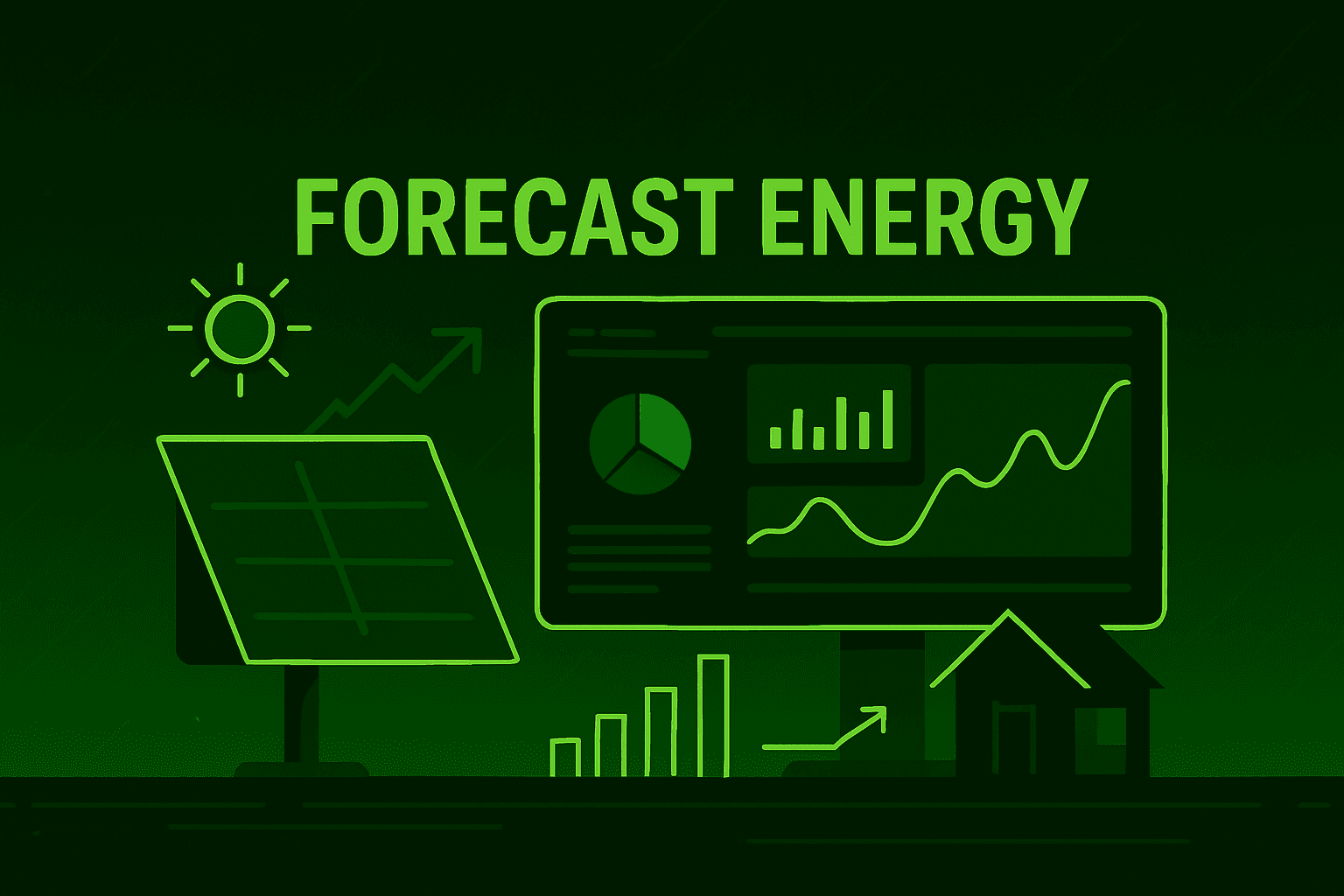
Forecast. Optimize. Save - Smart Energy Forecasting Powered by Inowattio
Forecasting solar production and energy use is essential for improving efficiency and gaining more control over your home’s energy. By understanding the weather, your habits, and how your system behaves, smart tools can help you plan ahead, save money, and use energy more wisely.
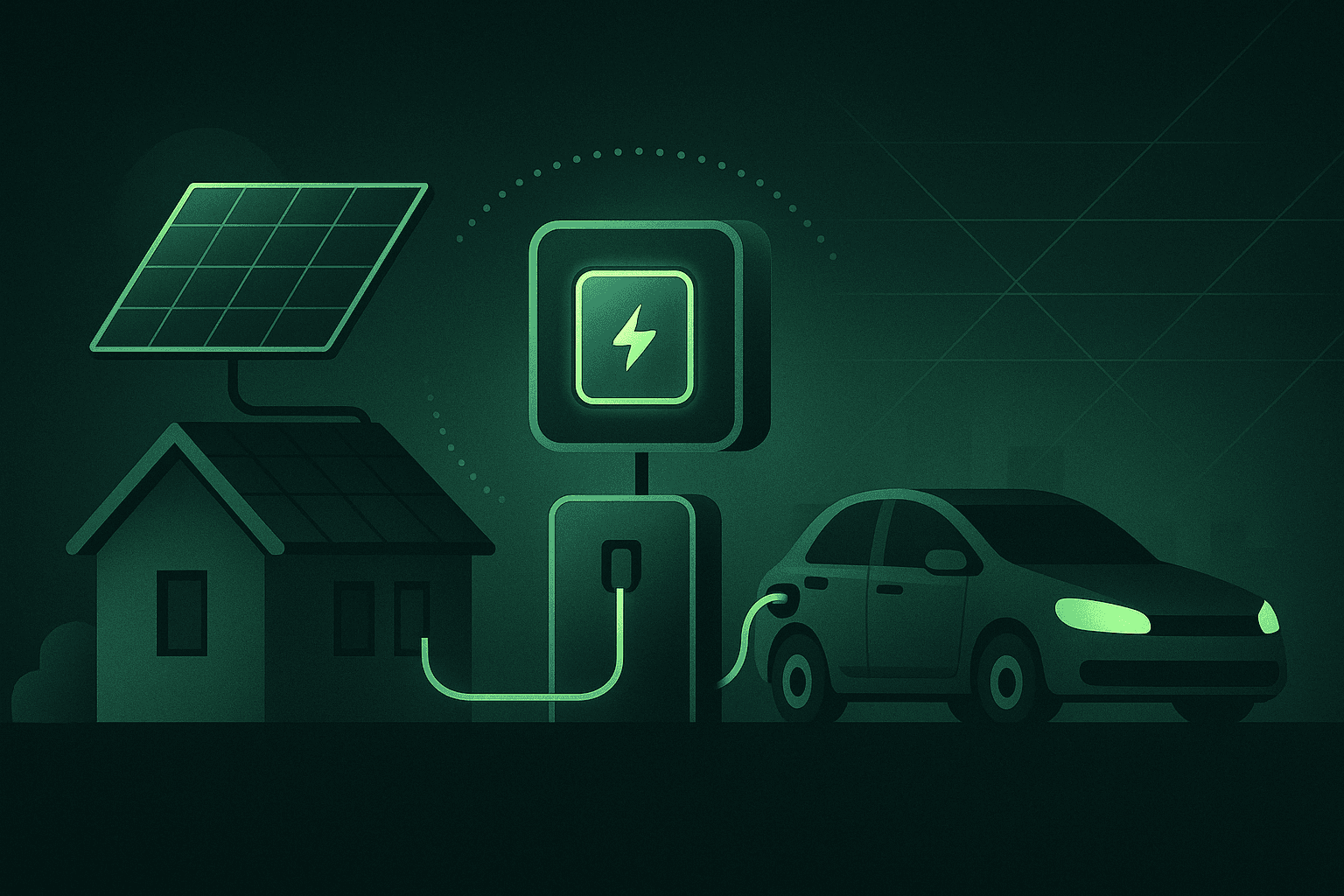
EV Chargers - Quick-start guide
Charge smarter, not harder. Learn the essentials of EV chargers in Romania: AC vs. DC, the right power (7.4/11/22 kW), solar & battery integration, and pro installation for safety and uptime. Plug into lower costs and a cleaner drive with Inowattio.
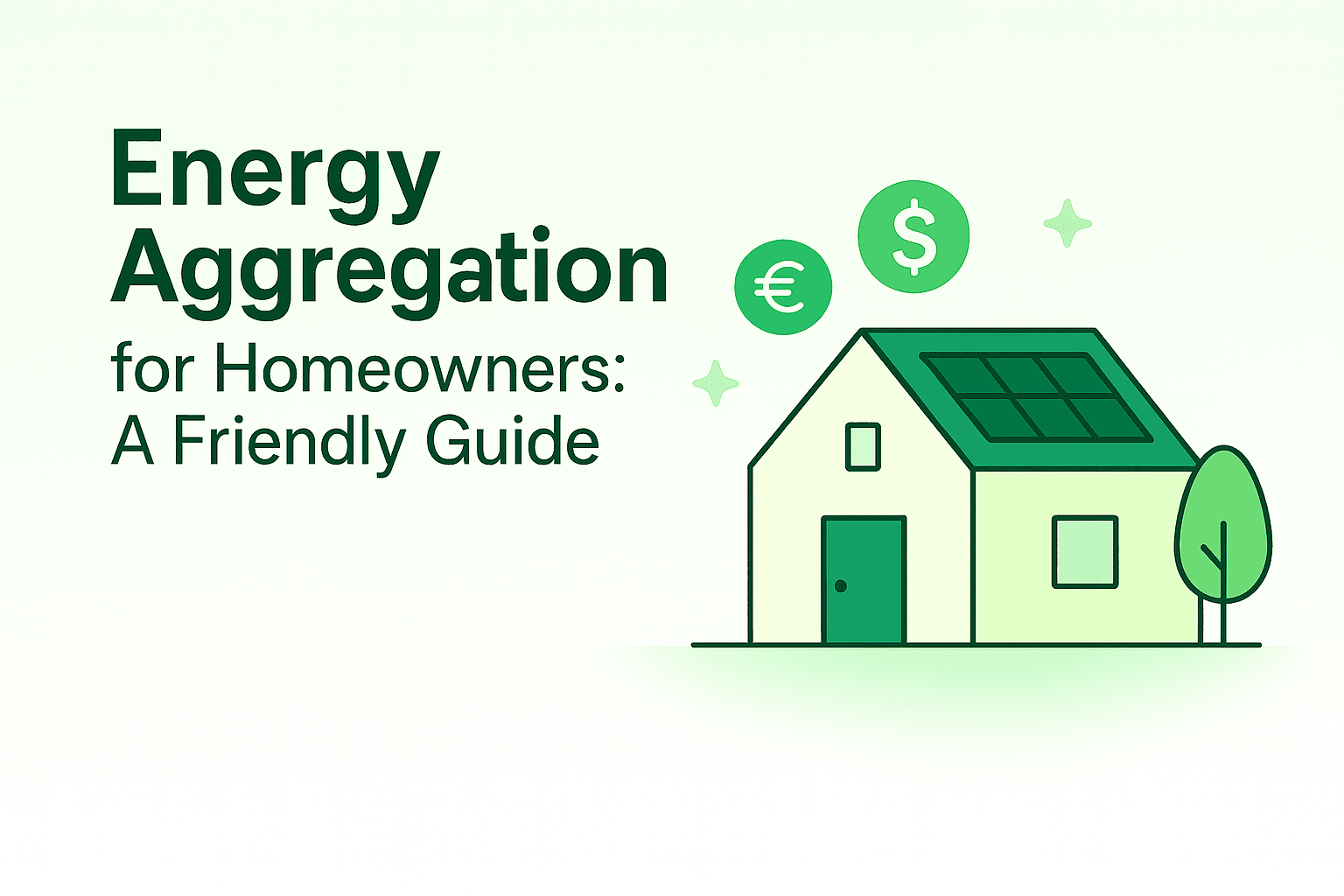
A Simple Guide to Understanding Energy Aggregation
A friendly guide to energy aggregation: how Inowattio pools home solar and batteries so you can lower bills, earn credits, and use energy smarter.
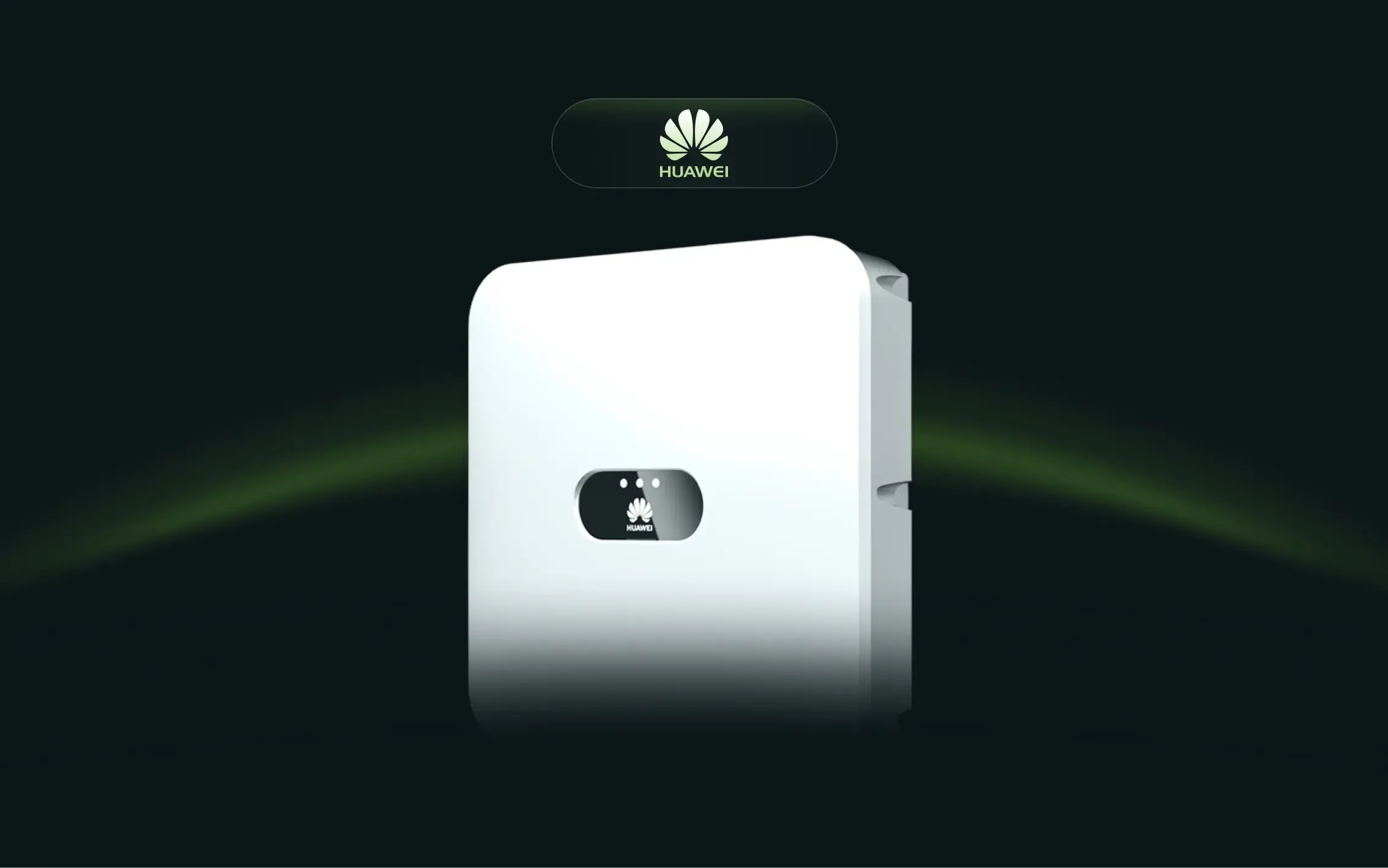
Inowattio now integrates with Huawei inverters — from homes to utility-scale
Inowattio now integrates end-to-end with Huawei. Users get unified monitoring, sub-second setpoint control for P/Q and export limits, coordinated battery dispatch, and grid-services readiness—scalable from single-phase rooftops to large three-phase and utility plants.